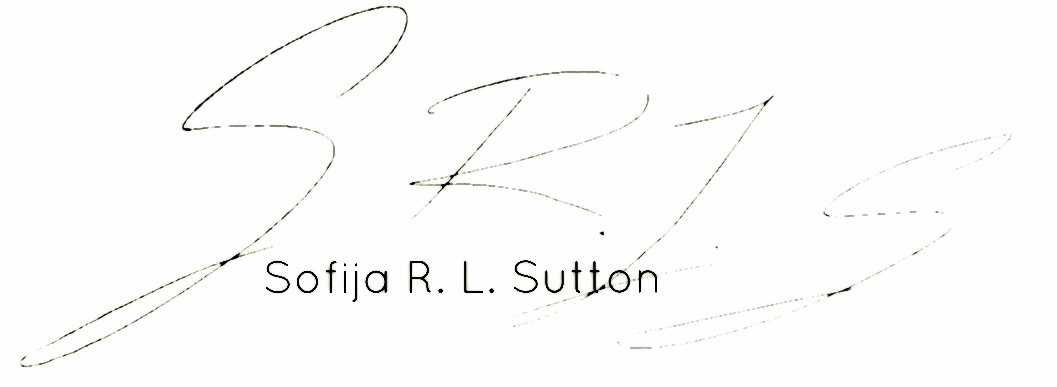A Bit About Louis Bourgeois' Life:
Just about to close at the Northumbrian University Gallery is a small Louise Bourgeois print exhibition. Bourgeois (1911-2010) worked with drawing, print, textiles, sculpture, and text. Probably best know for addressing topics of motherhood and the body, along with her giant metal spiders, Bourgeois expressed the intimacies of her mind through various media and phases over the many decades of her life. She began making prints in 1938, in New York at a printmaking studio and with a small intaglio press in her home as she raised her three children. In 1949, she focused her practice on sculpture until 1951, when her father passed away. Falling into a severe depression, in the next decade of her life she barely made art or left the house. In 1964, she finally exhibited new sculptures exploring psychoanalysis, fleshy, spirals and organic shapes for which her later work is known. From 1973-1977, she was a printmaking teacher at the School of Visual Arts. She continued printing until her death in 2010.
Louis Bourgeois, Mosquito, 1999, Drypoint on Paper
THE UGLY AND THE FIERCE:
In 1999, Bourgeois was the first woman to make a new commission for the Turbine Hall at Tate Modern, London. This work, her most famous sculpture, was Maman: a 35-ft tall bronze spider. Bourgeois said it is her “most successful subject” and that the emblem of the spider is,
An ode to my mother. She was my best friend. Like a spider, my mother was a weaver. Like spiders, my mother was very clever. Spiders are helpful and protective, just like my mother.
In the Northumbrian University Gallery, there were no spiders, but there was one animal representation: Mosquito (1999, drypoint on paper). This warm red print is a simple line drawing that addresses complex ideas in a minimal manner. Morphing female human and mosquito body parts with what may be a fetus element in the insect’s abdomen, Mosquito is an evocative metaphor for motherhood and femininity.
What was it about insectival structures that reminded Bourgeois so much of the female life and mind? It is certainly not a typical approach to express the depths of one’s mind with such historically negative symbols. What makes the metaphors of Maman and Mosquito so incredible is that they are not, in fact, negative. She is neither condemning motherhood nor herself. She is expressing a complex life full of positive and negative experiences in a direct, personal manner. These forms, that were so unique for the time and made so much sense to her, do make sense to the viewer if perhaps only after a culturally learned hesitation. Bourgeois’ delicacy conveys the raw beauty of harsh realities (of a woman’s body and life, but also of all humans). The subject is left exposed and vulnerable, yet never weak. Finding strength in flaws and open communication, Bourgeois' works helps to transition the common use of animal metaphors in contemporary art.
Bourgeois' Comfort with Anthropomorphism:
In the essay Why Look at Animals?, John Berger discusses a brief history of western European and North American tradition, and break in tradition, of linking humankind to nature: in particular the relationship to animals and the cultural use of animal metaphors and symbolic thought.
Until the 19th century, however, anthropomorphism was integral to the relation between man and animal and was an expression of their proximity. Anthropomorphism was the residue of the continuous use of animal metaphor. In the last two centuries, animals have gradually disappeared. Today we live without them. And in this new solitude, anthropomorphism makes us doubly uneasy. - Berger, pg. 21.
Bourgeois aptly redefined anthropomorphic creatures, that are typically symbols of fear and evil, to suit her own artistic needs. In Maman and Mosquito (along with many other works), Bourgeois tenderly uses the pitiful and dangerous to represent uncomfortable subjects about the body, mental health, and womanhood. I greatly admire Louis Bourgeois' work and strength, much of her content resonates deeply with me. Bourgeois pushed the boundaries of self-expression and exposure and succeeded in creating individual works that relate to a far larger audience and, I suspect, will continue to do so for years to come.

